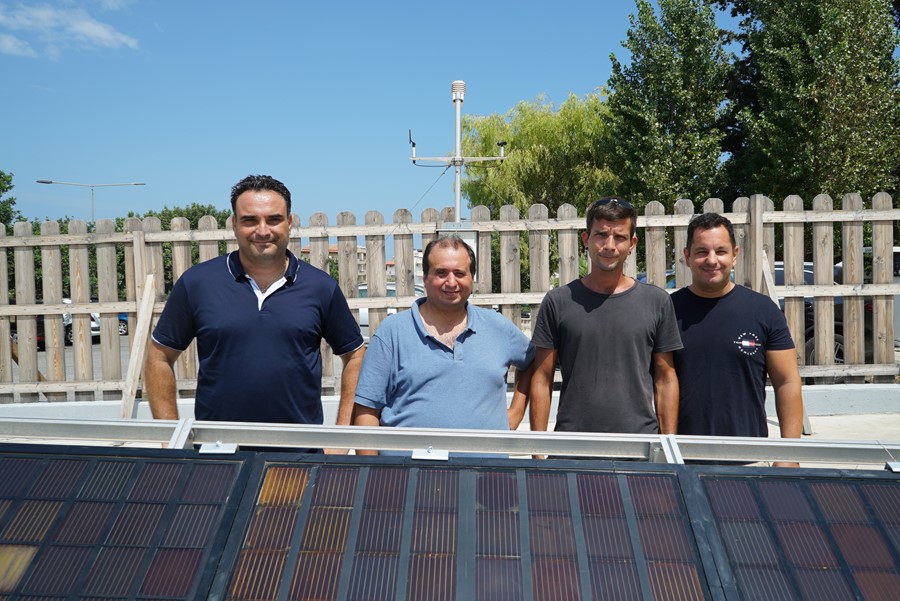Graphene applications: GRAPES
The next generation of solar power is just around the corner. the solar cells created by the Graphene Flagship's GRAPES Spearhead Project are a unique fusion of silicon and perovskite technologies, enhanced by graphene.
Most state-of-the-art solar cells today are based on silicon, and the industrial processes used to manufacture them are widespread and well-established. But silicon cells are approaching their theoretical efficiency limits. This means that the improvements from developing new types of silicon cells are getting smaller and smaller, and new solutions are needed.
By combining silicon cells with perovskite cells – an emerging technology that could offer solar energy at a lower cost – GRAPES have the potential to provide low-cost, highly efficient photovoltaic energy, surpassing the limits of silicon cells. The silicon cell absorbs infrared and near-infrared light, while the perovskite cell absorbs visible light.
In tandem, the cells capture more of the electromagnetic spectrum than silicon or perovskite technologies alone. This unique combination has the potential to push the cells’ performance and stability to record levels. These innovative graphene-based tandem cells are structured just like a sandwich. At the bottom is a silicon cell, which absorbs infrared and near-infrared light. On the top is a graphene-based semi-transparent perovskite cell, which absorbs visible light. The ‘filling’ of the sandwich is a graphene-based layer called the recombination layer, which ensures a perfect electrical connection between the top and bottom cells.
Scientists are using graphene to make more cost-effective, efficient, and environmentally friendly alternatives to many different parts of the solar cell, with improved charge dynamics. Graphene-based components also provide green alternatives to indium-based top electrodes, silver collecting grids, back electrodes for silicon cells, and more.
Graphene’s transparency means that more light is able to pass through the top perovskite layer, while its conductivity enables the seamless transfer of electrical energy between layers in the sandwich, boosting efficiency. Thanks to graphene’s robust physical properties, the tandem cells are more stable than traditional perovskite cells.
They are also more resistant to long-term light exposure and high temperatures. These are important properties for solar panels, which can heat up to 85°C on a sunny day. Now, the scientists behind the GRAPES project are hard-at-work on new processes to manufacture these innovative graphene-based tandem solar cells on a larger scale. Because silicon solar cells are so well-established, much of the infrastructure needed to produce silicon-perovskite tandem cells is already in place.
The GRAPES team will combine these established processes with new technologies to ramp up production to the wafer scale. The upscaled cells will have efficiencies higher than 28%: better than the best commercially available silicon cell. The team are now developing prototypes to demonstrate the reliability of GRAPES solar cells in an outdoor environment.
Furthermore, the cells could achieve levelised costs of energy of less than €20/MWh. Enhanced by the power of graphene and two-dimensional materials, GRAPES could open the door to the future of low-cost solar energy.

The team from the Hellenic Mediterranean University at the GRAPES solar farm on Crete.




